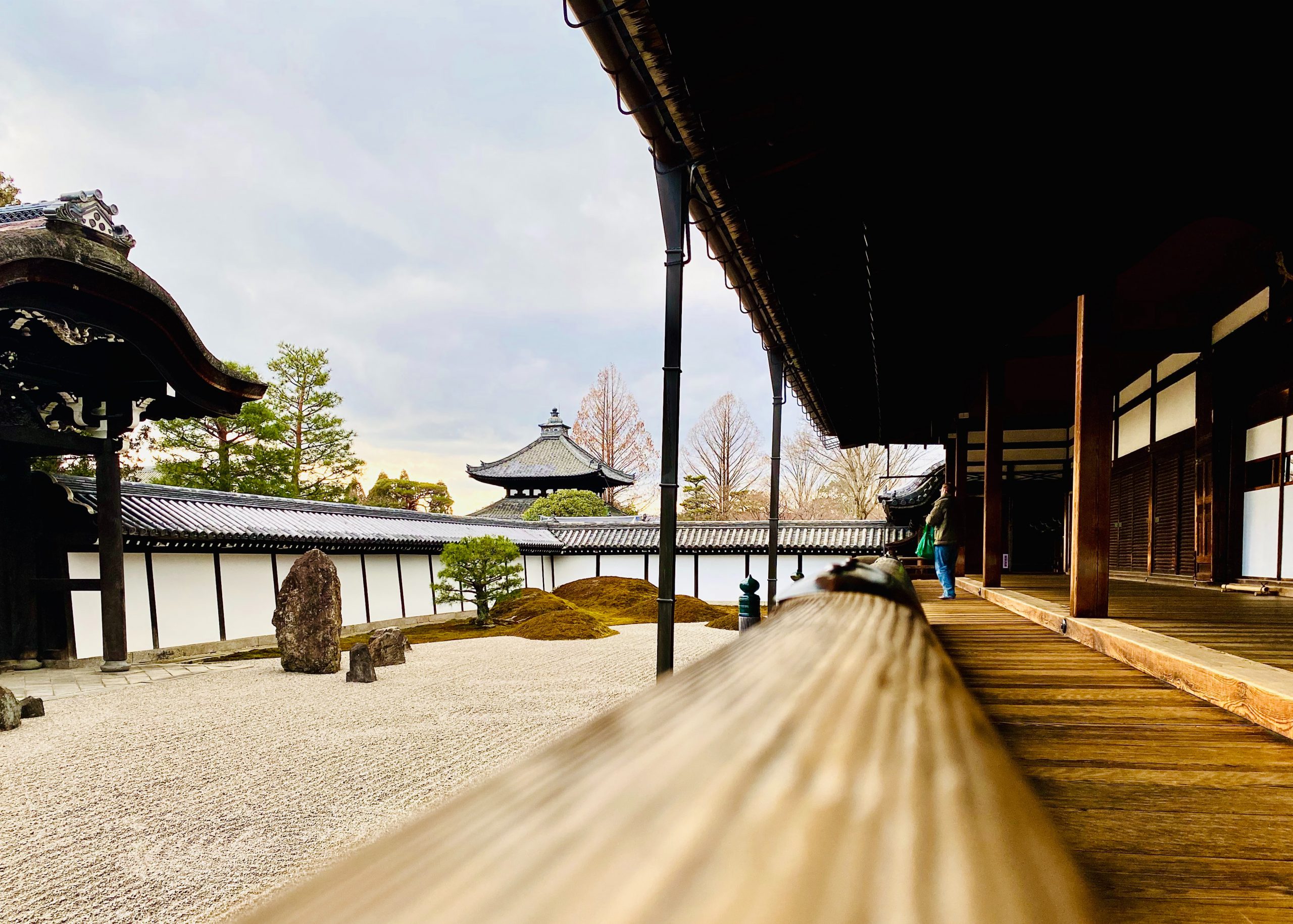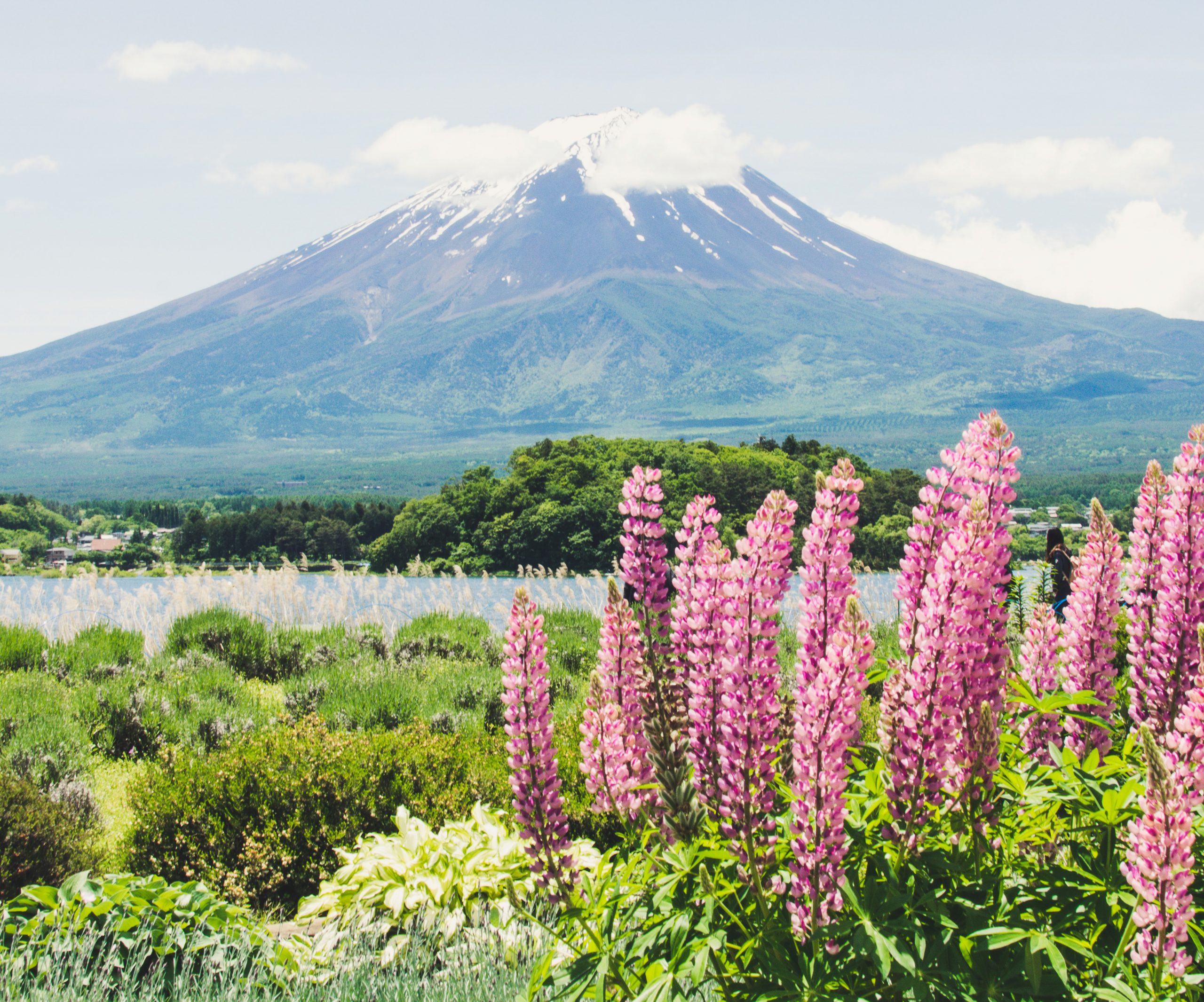Shrine is a center of Shinto religion but not only religious site but also it’s served as one of the most popular tourist attractions where you can experience traditional aspects of the country and enjoy the beautiful architecture. However, you should keep it in your mind that it is a sacred place for many people, and you want to avoid any trouble by doing something wrong or offensive.
Learning the basic rules and manners beforehand helps you get rid of your worries. Here are some useful tips and some things you should know when you visit a shrine including how to pray properly at a shrine!
How to purify yourself
Before praying at shrines, you need to purify yourself with clear water that is prepared at Chozuya. It is a water pavilion that can be found at any shrines where you can purify your mouth and hands. Here are the basic steps to follow;
- Take the ladle with your right hand
- Fill it from the running water and pour it over your left hand
- Wash the other hand
- Take the ladle with your right hand again and pour the water over your left hand
- Cup your left hand and pour the water and wash your mouth lightly (or more likely touch the water with your mouth)
*When you do that, don’t directly touch your moth to the ladle - With the remained water, water the ladle to purify
Make sure to bring a handkerchief with you so that you can wipe your hands and mouth with it. In addition, be careful not to get your clothes wet with the water!

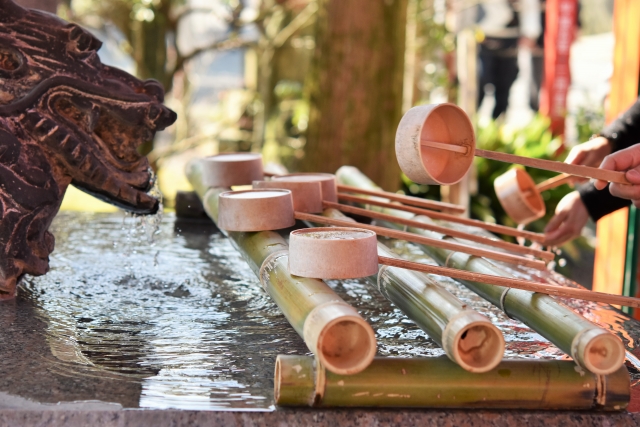
You often see water coming out from dragons at Chozuya. The dragon is a god of water who controls the rain and cloud, so the water coming out from the dragon’s mouth is believed to be sacred and ward off the evil spirits. You can see the different animals sometimes such as a turtle, snake and rabbit.
How to pray
There are different rules applied to how to pray at a temple and shrine.
The general way to pray at a shrine as follows;
- Toss a coin into an offering box called Saisen-bako
*Many people toss 5 yen coin since it is said to make a good relationship - Shake a rope to ring a bell (If there is no bell, you can skip this step)
- Bow deeply twice
- Clap your hands twice
- Pray and make a wish
*Put your hands together in front of your body - Bow deeply once again


Unique things to do at the shrine
Ema
Ema (“絵馬” in Japanese) is a small wooden plate that you can get at shrines or temples in Japan. It generally has a picture of a horse or Chinese zodiac, but there are many different patterns depending on the shrine. There is even Ema with an anime character on it!
On the back, you can write down your personal wishes and dedicate them to the shrine.
Originally people offered the real horse since the horse was believed to be a ride of deities. But gradually the custom changed, and people started offering the picture of horse painted on the wooden pieces.
Today, you can find a number of Ema dedicated by visitors lining the shrine. If the shrine enshrines a deity of academics, you will find many Ema wishing to pass the entrance exam!

Omamori
Omamori (“お守り” in Japanese) is a lucky charm you can get at shrines and temples along with Ema. People get it for a protection and making their wish comes true. There are various types of Omamori ranging from the one wishing for the good health to romantic relationships. Sometimes you see people attached Omamori with their bags and hanging it at the rearview mirror for a safe driving.
Many people get Omamori even though they are not religious. It is one of the interesting culture of Japan!

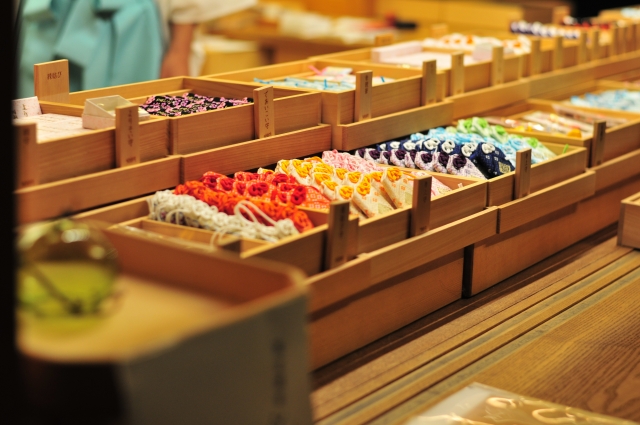
Omikuji
Omikuji (“おみくじ” in Japanese) is paper slip that tells your fortune and predictions about your future. The fortune result can be usually classified into 7 categories: “Daikichi (大吉)” means the best luck whereas “Daikyo (大凶)” indicates the worst. It also gives you some helpful advice for your future according to several aspects that include your wish, business, marriage, travel, study, moving and more. Some people keep their Omikuji in their wallet to look back at the advise.
If your Omikuji shows the worst result, you can tie it up to the strings that ca be found at shrines.


Wear kimono
While dressing in traditional attire is not a requirement for any shrine, some take the opportunity to do so when visiting some of the larger shrines. In these locations you can often feel connected to Japanese culture and history, and wearing kimono can elevate that experience. The most common way is to rent a kimono so that you can enjoy your time at the shrine while not worrying about carrying around any luggage or bags. Check it out!
Other rules to remember
Once you enter the shrine ground, it is considered as a sacred place that is separated from our world. Torii is a symbolic gate that plays a role to separate the two different worlds. Some people bow in front of it to show their respect as they pass through it.
If you want to follow more detailed rules strictly, there is one that even Japanese people forget sometimes. The main approach (called Sando in Japanese), a pathway that connects the Torii gate to the main shrine, is believed that the God passes through the center of it. So visitors have to walk on either side!

Do you know the difference between shrine and temple? If you want to know the difference, please read An Overview of Shintoism and Buddhism in Japan.
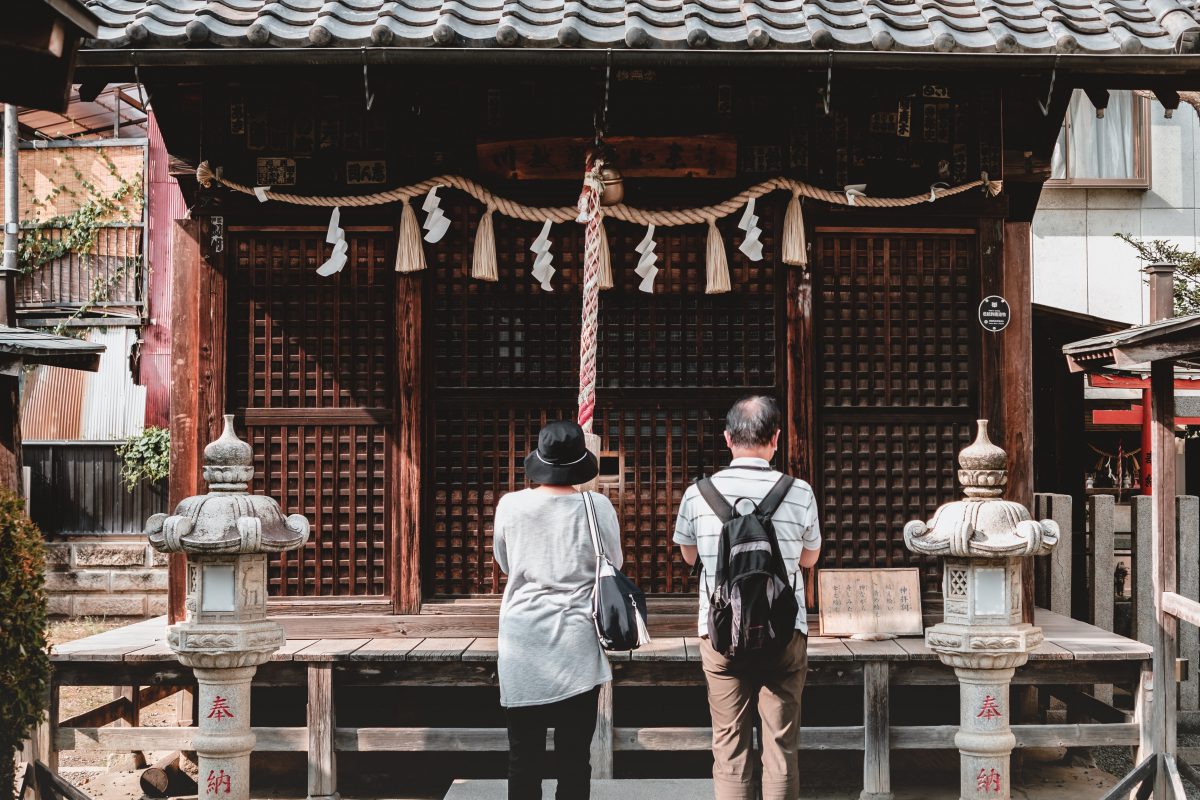
Just following a couple of basic steps allows you to visit shrines without stepping on someone else’s toes. You can make the most of your time there by trying unique experiences and parts of the shrines such as Ema and Omamori. They are both affordable and easy to try even if it feels strange to you at first. Many people also get them as a small gift for their family, wishing the best luck for their future. If you forget the steps you learned today, there is no need to feel guilty. What matters the most is not whether you can follow the rules perfectly, but that you are being respectful.
Immerse Yourself One step further: Visit the Shrines in a Kimono!
If cultural immersion is what you’re seeking, then look no further than Wargo! this brand is the name to know when it comes to renting a kimono to immerse yourself in Japanese cultural and tradition. You’ll have no trouble making lasting memories in these beautiful kimono with immaculate shrines as your background. They have various locations, all with great access to shrines for your pleasure:
Tokyo
Kyoto
Osaka
Ishikawa
Saitama
Follow us on Instagram, Facebook, Twitter, and TikTok for more travel inspiration. Or tag us to get featured!
Happy traveling!
Subscribe to our newsletter!
Japan Wonder Travel Tours
Japan Wonder Travel is a travel agency that offers guided tours throughout Japan.
From private walking tours to delicious Food and Drink tours, we can help you organize the best tours just for you! If you want to explore Japan and learn more about the history and backstories of each area you are visiting, our knowledgeable and friendly English speaking guides will happily take you to the best spots!
In addition, we can provide you with any assistance you may need for your upcoming trip to Japan, so please feel free to contact us if you have any questions or need some help!
▶Tokyo Tsukiji Fish Market Food and Drink Tour
Explore the most lively and popular fish market in Tokyo and try some of the local’s favorite street foods and sake with one of our friendly and knowledgeable English speaking guides!

▶Tokyo 1–Day Highlights Private Walking Tour (8 Hours)
There’s no better way to explore an area than taking a tour with a knowledgeable local guide. You will have the chance to learn about the history and interesting background stories of Tokyo, as well as discover some hidden gems which can be hard to do without a guide.

▶Mt. Fuji Day Trip Bus Tour from Tokyo
Experience the breathtaking views of Mt. Fuji by visiting the highlights of the area on our guided sightseeing bus tour! Departing from Shinjuku in central Tokyo, you can travel comfortably to all of the best spots in the area by bus.

▶Kyoto Private Full Day Walking Tour
On this full-day private tour of Kyoto, you will be able to see the highlights of Kyoto in just one day and at the same time develop a deeper understanding of both the culture of the area and Japan as a whole.





